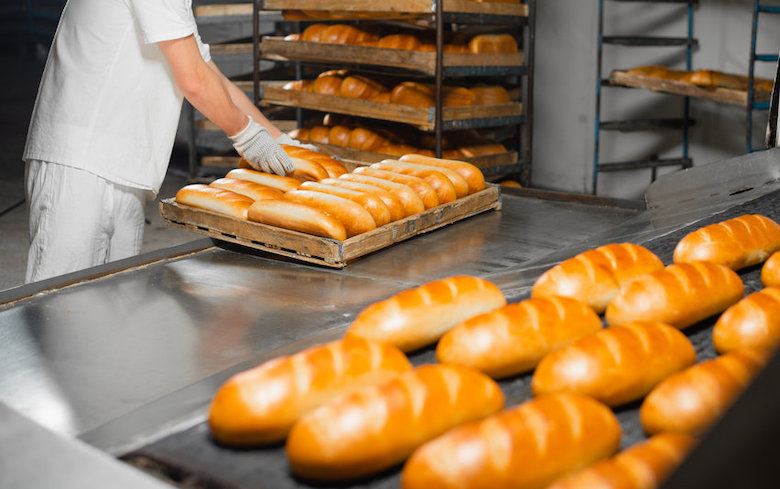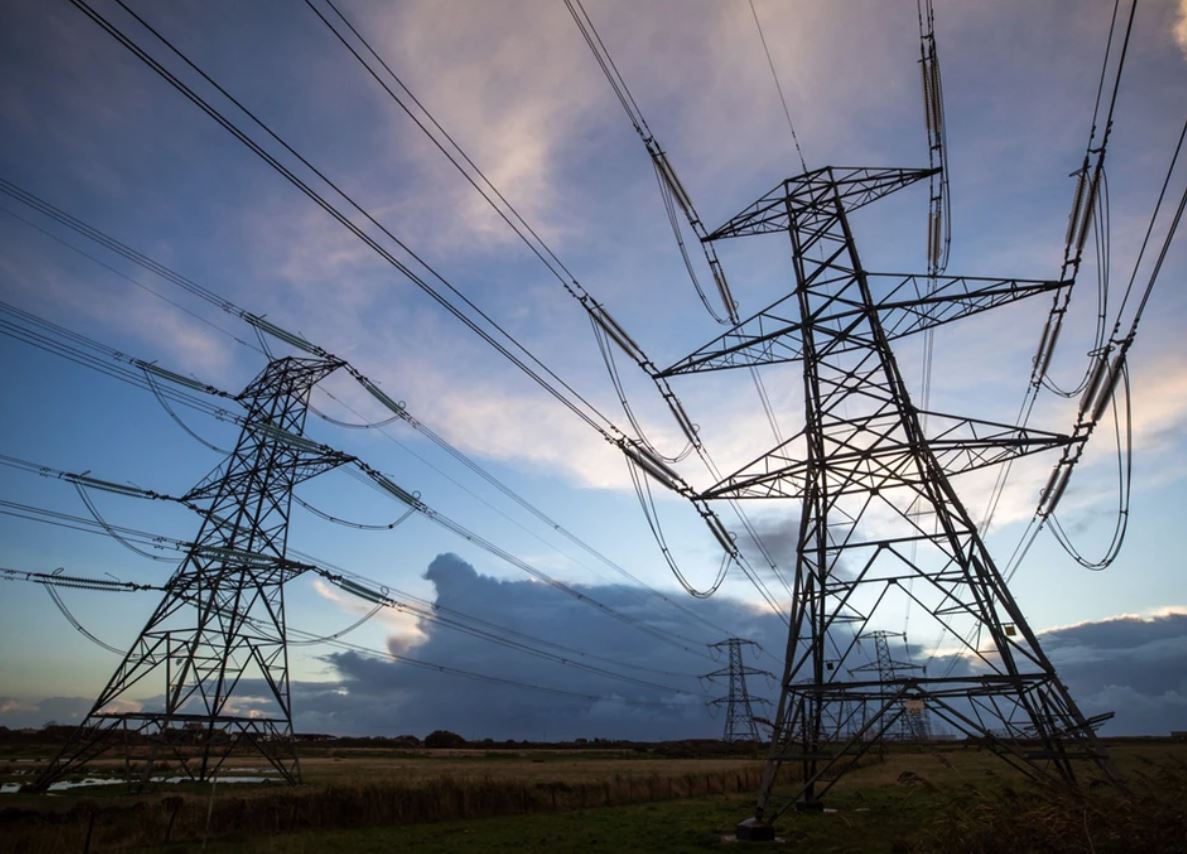
By Liz Hampton and Sabrina Valle
HOUSTON (Reuters) -A global energy conference devoted to future technologies and low-carbon strategies kicked off in Houston on Monday with top executives from energy companies affirming the need for more oil for decades to come.
The World Petroleum Conference’s four days of discussion started with chief executives from Exxon Mobil Corp, Chevron Corp and Halliburton Co, three of the largest U.S. companies by market value, all promoting the need to deliver oil and gas globally even as the world transitions to cleaner fuels.
The conference was sapped of some of its star power at the outset due to coronavirus-related travel restrictions that forced OPEC Secretary General Mohammed Barkindo and energy ministers from the Organization of the Petroleum Exporting Countries to cancel plans to travel to Houston.
“We in fact are going into a period of scarcity. And I think that for the first time, in a long time, we will see a buyer looking for a barrel of oil, as opposed to a barrel of oil looking for a buyer,” said Jeff Miller, CEO of energy services firm Halliburton.
World fossil fuel demand has rebounded sharply in 2021, with natural gas already at pre-pandemic levels and oil nearing levels reached in 2019. That comes even as large global majors, especially those based in Europe, are limiting exploration and production in an attempt to shift to renewable power development and as governments promote efforts to cut carbon emissions to deal with rising worldwide temperatures.
“The world is facing an even more chaotic energy transition,” said Saudi Aramco CEO Amin Nasser. “They assume that the right transition strategy is in place. It’s not. Energy security, economic development and affordability are clearly not receiving enough attention. Until they are, and we clear the gaps in the transition strategy, the chaos will only intensify.”
Exxon disclosed on Monday plans to achieve net zero greenhouse gas emissions from operated assets in the U.S. Permian basin by 2030, as part of a plan to reduce upstream greenhouse gas emissions intensity by 40% to 50% by 2030, compared with 2016 levels.
“The fact remains, under most credible scenarios, including net zero pathways, oil and natural gas will continue to play a significant role in meeting society’s need,” Exxon CEO Darren Woods said at the conference.
U.S. officials took the opportunity to talk about President Joe Biden’s clean energy agenda while insisting on the need to address high fuel prices for consumers.
“We are deploying clean energy like never before,” said David Turk, deputy U.S. Secretary of Energy.
But Turk also said Washington will not “stand in the way” of companies willing to increase domestic oil production as the industry tries to fully recover.
“We need to make sure everyone has affordable, reliable and resilient energy,” he said.
Anders Opedal, CEO of Norway’s Equinor, said energy companies have a responsibility to bring down emissions and provide energy.
“We will need oil and gas for many years to come but with reduced emissions,” he said.
BP is investing $1 billion worldwide to reduce emissions at refineries, David Lawler, head of BP America and CEO of BPX unit said at the conference.
More top executive are also expected to address the conference on Monday, though rooms for keynote speakers were only half occupied.
Eight energy ministers from top oil-producing nations, including Saudi Arabia, Kazakhstan and Qatar, were off the week’s program. Ministers from Argentina, Equatorial Guinea, Greece, Turkey and Romania, as well as CEOs of BP, Sonatrach and Qatar Energy also bowed out.
Their absence resulted from “travel restrictions and concerns” about the Omicron COVID-19 variant, organizers said. Replacements were being selected, a spokesperson said, which included BP’s U.S. chief in lieu of its CEO.
The impact of the virus comes as the industry struggles with shortages of natural gas and power in Asia and Europe from output losses spurred by the pandemic. Energy prices that hit multi-year highs this autumn have retreated with travel restrictions.
Oil rose 3% a barrel to about $72 on Monday on hopes the Omicron variant would be less damaging to oil demand and after Saudi Arabia, the de facto leader of OPEC, on Friday raised its official selling prices to Asia and the United States.
(Additional Reporting by Gary McWilliams, Erwin Seba and Marianna Parraga; editing by Jason Neely and Marguerita Choy)












